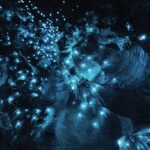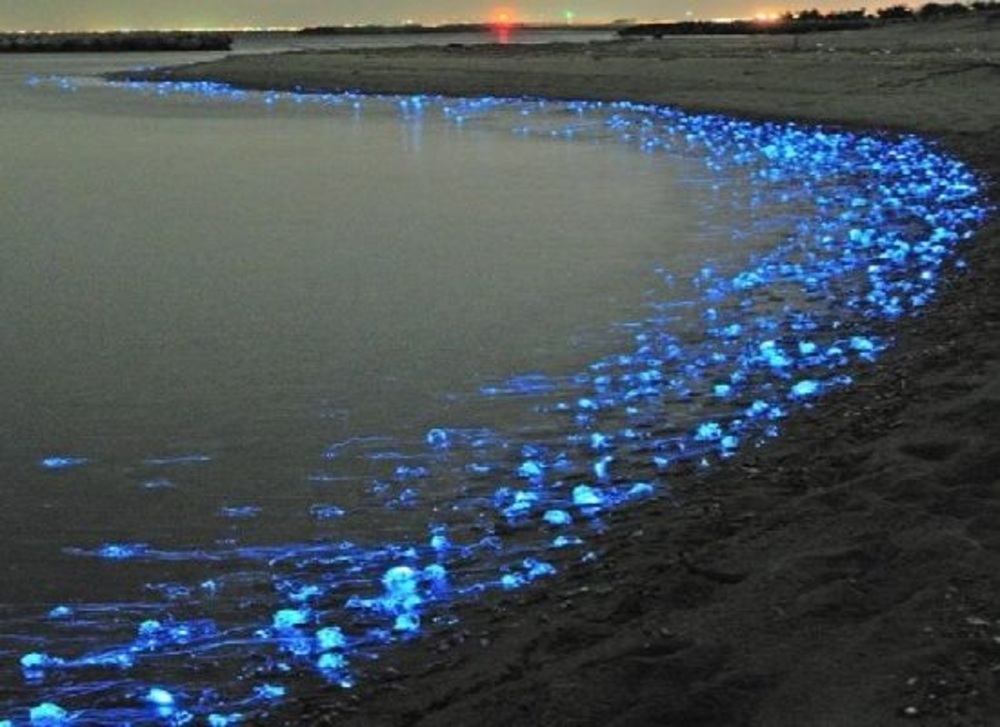
Many beaches around the world experience the rare phenomena of bioluminescence, effusing a neon glow
At certain places on the earth, with nightfall sea beaches start sparkling like a star-lit sky. A surreal experience perhaps; but very real nonetheless for those who witness it. Many beaches around the world experience this phenomena called “bioluminescence.” Attributed to the tiny marine plankton called dinoflagellates, a unique display of blue-green glow effuses when these dinoflagellates are disturbed by waves or other forms of motion in the water, lighting up the beach, leaving it at a challenge for tourists to not be wonderstruck! While some of them are best known for the strongest bioluminescent displays, many are famous for their diverse ecosystems below the dazzling waters as well as glowing caves, here is a list of some once-in-a-lifetime must experience bioluminescent beaches around the world.
Springbrook National Park, Australia
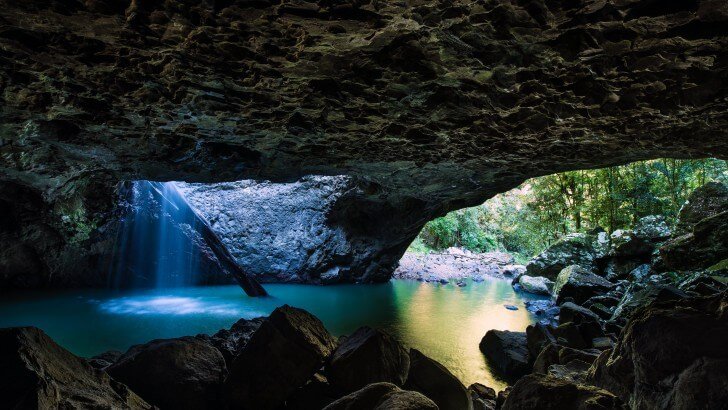
It has one of the world’s largest population of glow worms
A night hike through the National Park forest and visitors may witness the little glowworms illuminate in what is one of the largest such displays. Springbrook National Park in Queensland, Australia, is renowned across the globe for its beautiful bioluminescent beaches. Australia has the world’s largest population of glow worms, outside of New Zealand.
Merritt Island Wildlife Refuge, USA
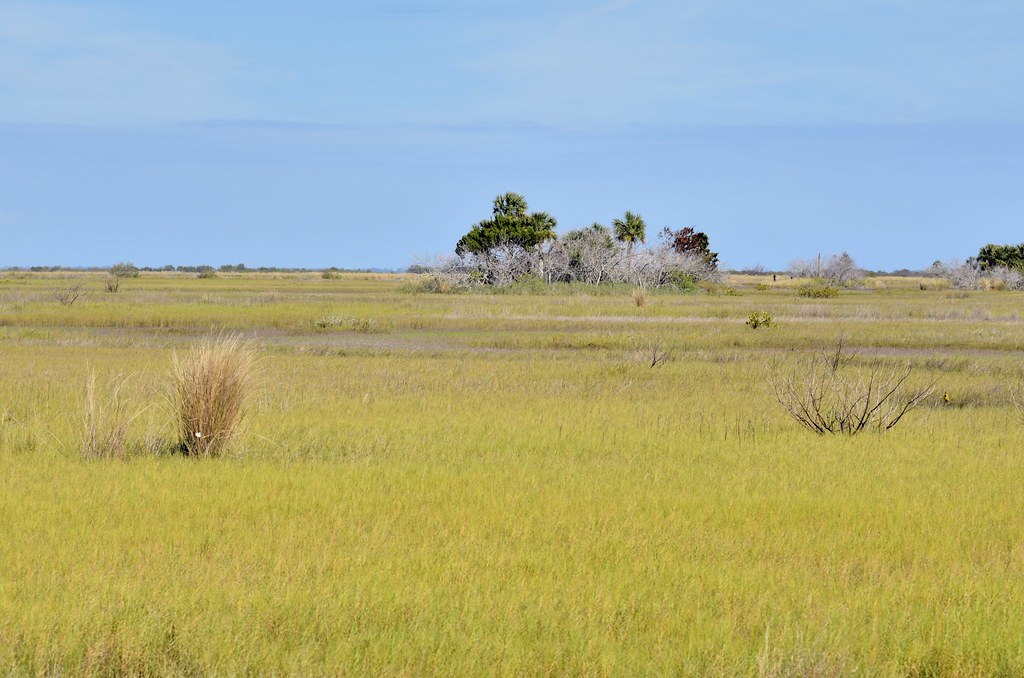
Indian River Lagoon is one of the most diverse ecosystems in North America
June to October is the best season to experience planktons glowing beach in the water below while kayaking through the protected wetland of the Merritt island. The Indian River Lagoon is one of the most diverse ecosystems in North America, home to more than 3000 various species. Two local species, namely bioluminescent algae and comb jellyfish together radiate this magical nocturnal show.
Puerto Mosquito, Puerto Rico
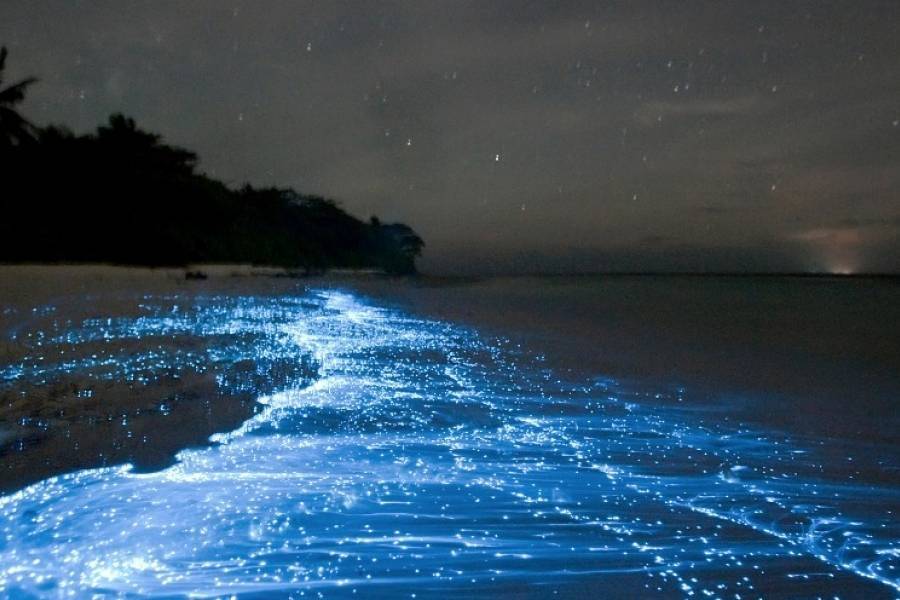
Visitors to the bay can take a guided kayaking tour
According to the Guinness Book of World Records, Puerto Mosquito on the island of Vieques, is known to have recorded some of the brightest bioluminescent displays in the world. Being relatively shallow and located in an area with limited development and pollution allows the bay for a high concentration of dinoflagellates, effusing a vivid blue-green light display surrounding the beach waters. Visitors to the bay can take a guided kayaking tour and the best time to witness this phenomena is during the new moon, when the sky is at its darkest.
Toyama Bay, Japan

The bay is largely illuminated by the glowing firefly squids
Millions of firefly squids are known to light up the Toyama Bay in Japan, a brilliant blue show. Large waves bring millions of firefly squids to the surface from March through May, when the squids are also spawning, attracting even more squids to the area. As a result, the bay is largely illuminated by the glowing firefly squids, creating a spectacular light show. Visitors travel to Toyama Bay from all over the world in order to see this phenomenon.
Golfo Dulce, Costa Rica
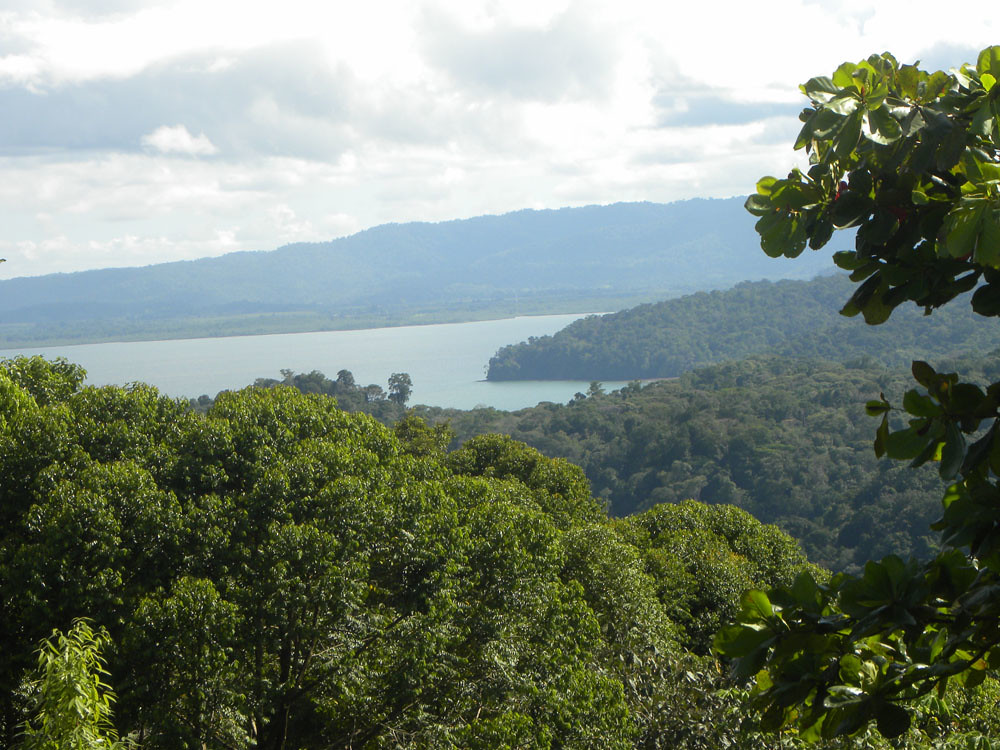
Bioluminescence can be seen year-round in the waters of Golfo Dulce
Watching the sun set over the Golfo Dulce in Costa Rica continues to be a famous tourist activity. However, even after the sun has set, Golfo Dulce continues to put on an incredible light display of tiny microorganisms in the top layers of the sea that shine when water is agitated. Even though there are bioluminescent seas all around the world, it is uncommon to be able to observe them because of light pollution. However, bioluminescence can be seen year-round in the waters of Costa Rica’s Golfo Dulce. It is one of only three tropical fjords in the world, with a delicate marine ecosystem. One of the world’s deepest gulfs, it can reach depths of more than 304.8 metres in some areas.
Waitomo, New Zealand
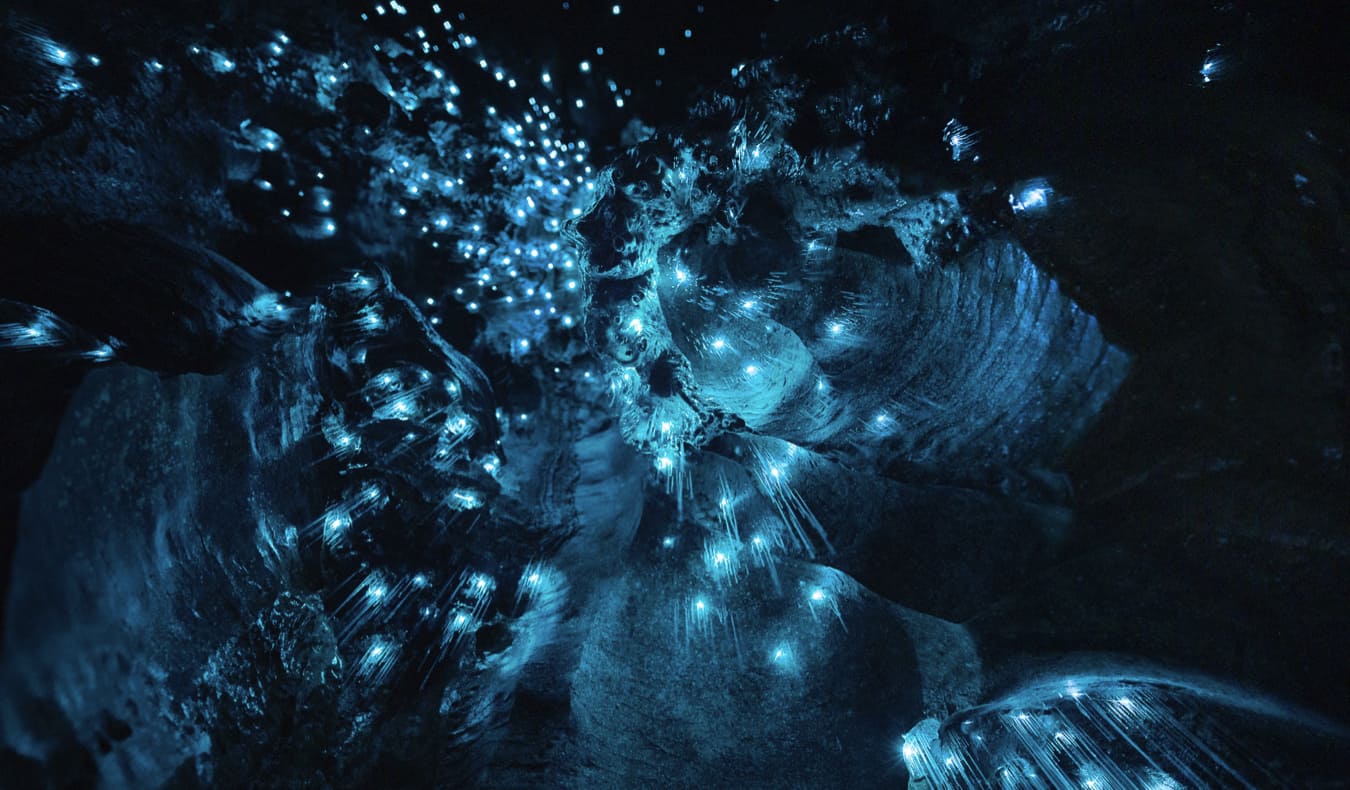
Waitomo’s distinctive geological features make it a particularly captivating place
A little village in New Zealand’s North Island named Waitomo is well known for its breathtaking subterranean cave networks, which are home to a particular type of bioluminescence. A stunning display created by thousands of matchstick-sized glow worms that cover the ceiling and walls and shine blue-green, creates the illusion of stars twinkling in the caverns’ darkness. Waitomo’s distinctive geological features make it a particularly captivating place for bioluminescence. The limestone-based cave networks contain underground rivers and waterfalls that provide the ideal habitat for glow-worms to flourish.








